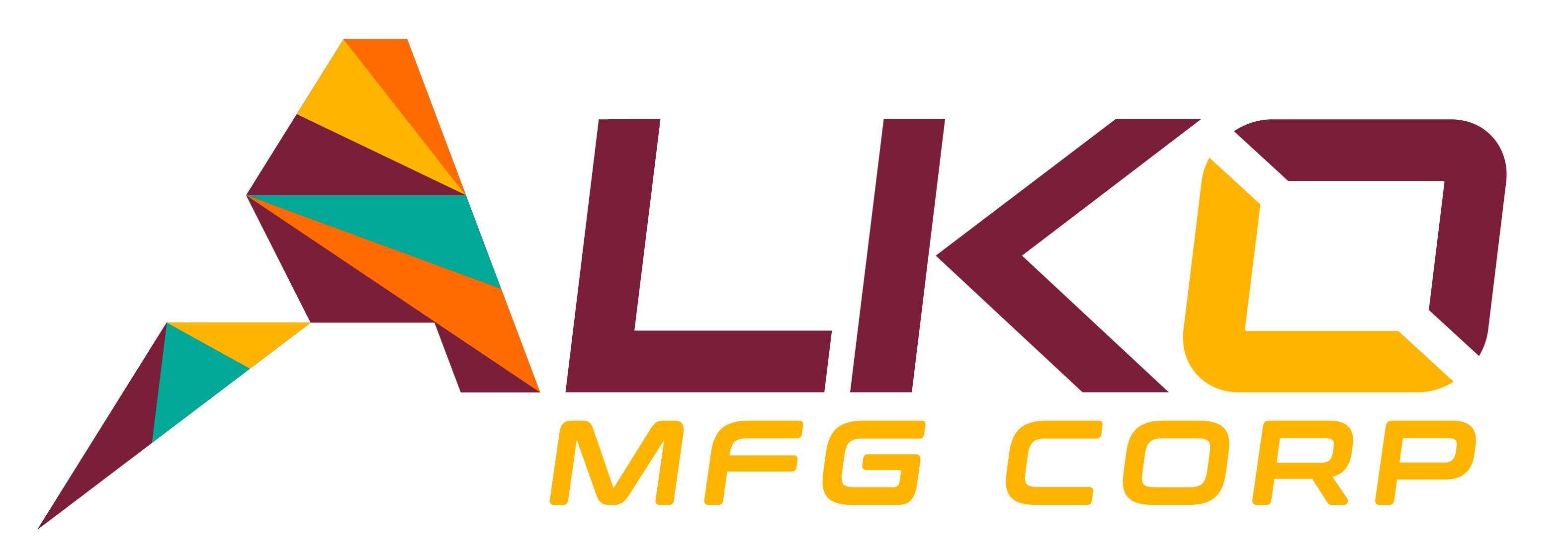1) Structure & Frame: the backbone of durability
The frame carries every pound you haul and every shock you hit. Inspect it like you mean it.
- Main rails & crossmembers: Look for full-length, one-piece main rails with tight crossmember spacing (typ. 12–16"). Avoid splices in high-stress areas.
- Steel grade & thickness: Ask for spec sheets. For durable frame dump trailers, 10–12 ga bed floors with 7–10 ga sides are common in heavy duty classes; thicker for rock/demo.
- Weld quality: Continuous welds at stress points; clean penetration without undercut.
- Hinges & latch: Oversized rear hinges (greaseable) and positive latching (spread-gate + barn-door options).
- Rust protection: Blasted, zinc-rich primer, and 2-part topcoat—or hot-dip galvanizing for extreme salt/gravel duty.
Quick test: Stand in the bed and jump near mid-span; minimal flex means the structure is working. Excess “oil-canning” suggests thin plate or sparse crossmembers.
2) Capacity That Matches Your Material (Size guide that actually works)
Overloading kills trailers. Size to payload and to material density—not just cubic feet.
- Know your numbers:
- GVWR (max allowed weight)
- Curb weight (empty trailer)
- Payload = GVWR − curb weight
- Axles & GAWR: Dual 7k, 8k, or 10k axles? Check springs/torflex rating, hub rating, and brakes on all axles.
- Volume vs density:
- Mulch/leaves: high volume, light density → taller sides (24–48").
- Soil/aggregate: low volume, heavy density → keep sides moderate (18–24") to avoid exceeding payload.
- Deck length & width: 12–16 ft length is common for work sites; 83–96" interior width fits most loaders.
- Tongue weight: Aim 10–15% of total to the coupler for stable towing.
Use the dump trailer size guide approach: list your top three materials, their bulk density, and typical load volume. Spec bed height/length so a full bucket won’t overload your axles.
3) Steel vs. Aluminum: pick the right metal for your work
Both have a place choose by duty cycle and environment.
- Steel (most heavy duty builds):
- Pros: high impact resistance, cost-effective repairs, best for demo, rock, machinery.
- Cons: heavier, needs strong coatings; watch corrosion in salt/brine regions.
- Aluminum (fleet fuel savings/corrosion):
- Pros: lighter (more payload for a given GVWR), corrosion resistant.
- Cons: higher initial cost, more specialized repair, can dent under repeated impact.
Rule of thumb: If your work is demolition/rock/contractor abuse → steel. If it’s landscaping, light aggregates, long highway miles, or coastal/salt use → consider aluminum with wear liners.
4) Lift System & Hydraulics: how you dump determines how you work
Your trailer lift system quality dictates cycle time, stability, and maintenance.
- Cylinder style:
- Scissor hoist: Excellent leverage early in the lift; stable for dense loads.
- Telescopic front-mount: Fast, tall dump angles; fewer moving parts; great for sticky loads.
- Dual/tri underbody cylinders: Simple, cost-effective on mid-sizes.
- Capacity & angle: Verify lift capacity at full load and target 45–50° dump angle for wet soil/asphalt.
- Pump & power: 12V power-up/power-down minimizes battery strain; larger reservoirs reduce heat.
- Battery & charging: Group 27/31 deep-cycle with onboard charger; solar maintainer if parked on sites.
- Safety: Body props, pressure relief, and protected hose routing.
Ask for the full-load tip time (seconds) and the duty cycle (cycles/hour). Slow hoists burn labor; undersized hoists burn motors.
5) Running Gear, Brakes & Serviceability (the cost-of-ownership piece)
Great trailers are easy to maintain and easy to keep legal.
- Axles & suspension: Name-brand axles (7–10k), easy-lube hubs, sealed wiring, and loomed harnesses. Leaf spring or torsion matched to GVWR.
- Brakes: Electric brakes on all axles with breakaway kit; consider hydraulic disc options for frequent mountain hauling.
- Tires & wheels: G-rated radials with valve stem guards; torque-marked lug nuts.
- Electrical: LED sealed lights, junction box with labeled circuits, protected 7-way.
- Service access: Grease zerks reachable, pump box with space for tools, drain for bed washout.
- Parts & support: Ready access to dump trailer parts & services, documented torque specs, wiring diagrams, and a real warranty.
Nice-to-have productivity options: integrated tarp kits, load securement (D-rings/rub rail), ramp storage, combo spread/barn doors, side extensions, bed liners, and wireless remotes.
Buying Online? Make it low-risk
You can buy dump trailers online confidently if you:
- Get the build sheet (steel thicknesses, axle brand, hoist model, pump type, battery, paint process).
- Request close-ups (hinges, scissor, cylinder mounts, crossmembers, welds).
- Verify logistics (lead time, delivery, titling paperwork, temporary tags).
- Confirm after-sale support (local service partners, warranty claim process, parts availability).
- Check return/DOA policy and freight damage protocol.
When Custom Builds Make Sense
Go custom dump trailer builds if you need: non-standard bed sizes, special tie-downs for machines, hot-dip galvanizing, high-temp asphalt packages, electric-over-hydraulic disc brakes, or integrated toolboxes and power packs for jobsite tools. A good builder will model weight distribution so you don’t sacrifice payload or stability.
The Takeaway
The right heavy duty dump trailer is the one whose frame, capacity, material, hoist, and running gear match your real work not the brochure. Get those five right and you’ll own a trailer that dumps cleanly, tows safely, resists corrosion, and holds resale value for years.
Alko Manufacturing builds to that standard steel-constructed, work-ready, and supported with parts and service that keep fleets moving. Bring your material list and GVWR target; we’ll turn it into a spec that pays for itself.

